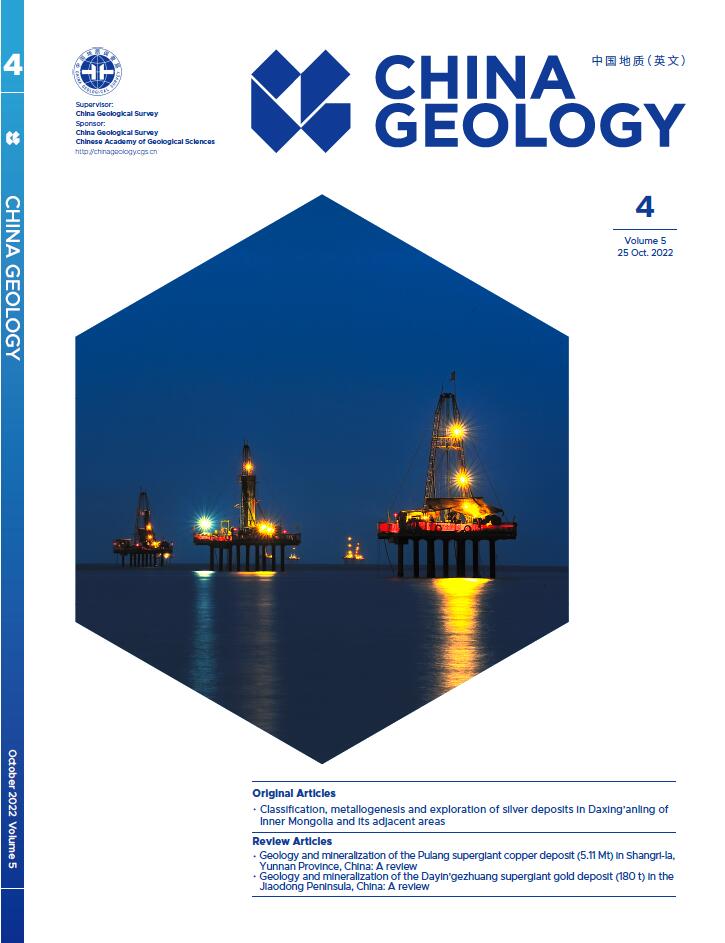| Citation: | Xiang Qin, Xuan-hua Chen, Zhao-gang Shao, Yi-ping Zhang, Yong-chao Wang, 2022. New timing of the Indosinian intracontinental deformation from the Triassic growth strata in the Kuqa Depression, Southern Tianshan, China, China Geology, 5, 771-773. doi: 10.31035/cg2021012 |
New timing of the Indosinian intracontinental deformation from the Triassic growth strata in the Kuqa Depression, Southern Tianshan, China
-

-
References
Hendrix MS, Graham SA, Carroll AR, Sobel ER, McKinght CL, Schulein BJ, Wang ZX. 1992. Sedimentary record and climatic implications of recurrent deformation in the Tian Shan: Evidence from Mesozoic strata of the north Tarim, south Junggar, and Turpan basins, Northwest China. GSA Bulletin, 104(1), 53–79. doi: 10.1130/0016-7606(1992)104<0053:SRACIO>2.3.CO;2. Li SG, Xiao YL, Liu DL, Chen YZ, Ning J, Zhang ZQ, Sun SS, Cong BL, Zhang RY, Hart RS, Wang SS. 1993. Collision of the North China and Yangtze blocks and formation of coesite-bearing eclogites-timing and processes. Chemical Geology, 109, 89–111. doi: 10.1016/0009-2541(93)90063-O. Molnar P, Tapponnier P. 1975. Cenozoic tectonics of Asia: Effects of a continental collision. Science, 189, 419–426. Qin X, Chen XH, Shao ZG, Zhang YP, He CG, Wang DR, Wang YC, Xu SL. 2020. Initiation timing of Cenozoic compression deformation of the southern Tianshan mountains: Implications from growth strata in the Kuqa Depression. Geological Journal, 55, 7206–7226. doi: 10.1002/gj.3953. Zhu YF. 2007. Indosinian movement and metallogeny in Xinjiang, China. Geological Bulletin of China, 26(5), 510–519 (in Chinese with English abstract). -
Access History

-
Figure 1.
a‒Geological sketch map of the Kuqa depression, Southern Tianshan, China, FTB‒fold and thrust belt; b‒simplified geological map of the northern part of the Kuqa depression, Fm.‒Formation; c‒simplified sedimentary sequences of the northern part of the Kuqa depression; d‒cross-section A-B in the northern part of the Kuqa depression. The strata color and strata filling lithology in the section correspond to Fig. 1b and Fig. 1c, respectively; e‒the concordia and weighted average age plots of the four youngest ages of sample KCQ71-2; f‒typical outcrops of the Kelamayi growth strata, GS‒growth strata; g‒monopolariscope photograph of sample KCQ71-2, and the white dotted lines represent tuff and volcanic components.





 DownLoad:
DownLoad: